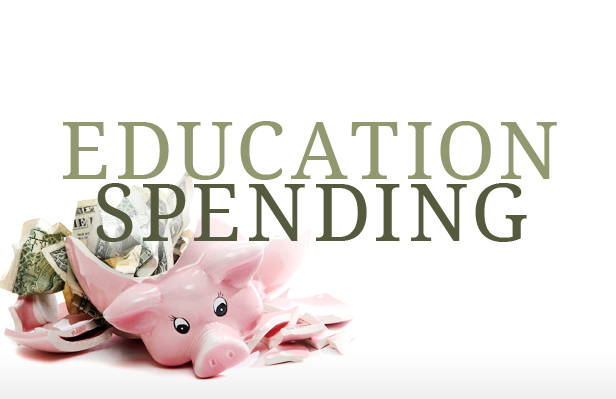Media

Kids Deserve Fair Funding and Choice
On Jan 23, 2019, Rep. Chris Rabb hosted a House Democratic Policy Committee hearing on 100 percent Fair School Funding. Rep. Rabb graciously invited CF to participate. Below are Marc LeBlond's written comments. An abridged version was presented at the hearing.
Why do we support Fair Funding?
First of all, because it’s good policy. Because it counts kids, and takes student need into account.
Most importantly, it’s time to shift our thinking from funding systems to funding children.
When adopted in 2016, the fair funding formula was seen as a positive step towards fairer, student-based funding. The formula accounts for crucial factors like student poverty, English language learners, and—most importantly—enrollment trends. However, only new state funding is run through the formula. The vast majority of funding is still constrained by Pennsylvania’s “hold harmless” provision, which guarantees each district receives no fewer education dollars than it received the previous year—regardless of changes in enrollment. As a result, shrinking schools receive more money and growing schools receive less.
Why do we support Fair Funding? Because it counts kids. Because it’s a fairer way of distributing basic education funds. But it is only part of the solution. More important is who controls the money. It should be the parents.
Now we’ve been tracking enrollment trends (20 year trend) since the mid '90s. As of 2017, state aid per student in the 20 fastest-growing districts was nearly $4,200 per student. By contrast, state aid per student among districts with the largest decreases in enrollment was nearly $12,600 per student. In other words, school districts with declining enrollment received three times the state funding per student than growing districts.
Graphic: School District Revenue and Enrollment Changes
Commonwealth Foundation has supported Fair Funding for a long time. For years, we’ve testified on behalf of and written numerous pieces in support of a student-based funding scheme. At the same time, we acknowledge the political reality that the transition may need to be phased in—this was evident last year when Gov. Wolf made comments in support of ending hold harmless, only to clarify that the process will take time.
Good, necessary policy. Yes. But only part of the solution.
Pennsylvania per pupil funding (total) is nearly $18,000. We spend $3,900 more per pupil than the US average. We’re higher than the national average in all categories, Federal, State, Local. Each of those is at a record level. I think we’ll all agree student outcomes have not increased commensurate with the funding levels.
Graphic: PA School Revenue Per Student
More money into the system is no guarantee of increased opportunity for students. More important is who controls the money. It should be the parents. In addition to implementing fair funding, the money should follow the child.
Kids need opportunities to thrive. Opportunities they won’t receive if they’re confined to their zip code. Parents and their students deserve a choice in their education. We’ve seen this play out in places like Florida, where 92 percent of parents are extremely satisfied with the educational opportunities afforded through tax credit scholarships, and right here in North Philly, where 450 kids from 6 of the poorest zip codes receive a life changing education at Gesu School thanks to Opportunity Scholarships.
But sadly, 64 percent of OSTC applications go unfilled because of program limits.
Nelson Mandela said “There can be no keener revelation of a society's soul than the way in which it treats its children.”
We can ‘fix the system’ for all 210,000 students in Philly, and all 1.7 million students in this great commonwealth, by expanding educational opportunities through parent and student choice.